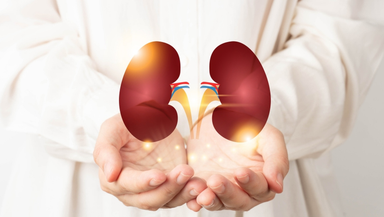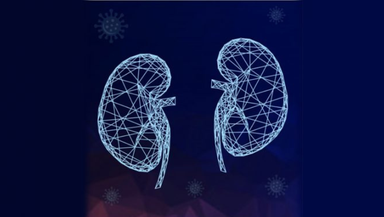Navigating the Stages of Interstitial Lung Disease: From Diagnosis to Management

Overview:
Interstitial lung disease (ILD) encompasses a group of disorders characterized by inflammation and scarring of the lung tissue. As the disease progresses, it can lead to significant impairment of lung function and impact overall quality of life. Understanding the stages of ILD, from diagnosis to management, is crucial for patients and their healthcare providers to navigate the challenges posed by this complex condition.
What Happens When You Have Interstitial Lung Disease?
ILD affects the interstitium, the tissue that surrounds the air sacs in the lungs. Inflammation and scarring in this area make it difficult for oxygen to reach the bloodstream, leading to symptoms such as shortness of breath, coughing, and fatigue. Over time, ILD can progress, causing irreversible damage to the lungs and impairing respiratory function.
Dr Apar Jindal, HOD & Program Director Heart & Lung Transplant says "Managing interstitial lung disease requires a multidisciplinary approach, tailored to each patient's specific needs. By understanding the stages of ILD and implementing personalized treatment strategies, we can improve outcomes and enhance quality of life for those affected by this challenging condition."
Stages of Interstitial Lung Disease:
Understanding the stages of ILD can help guide treatment decisions and prognosis. While the progression of ILD varies among individuals, it generally follows a pattern of worsening symptoms and lung function over time. The stages of ILD may include:
- Early Stage: Mild symptoms with minimal impact on daily activities. Lung function tests may show mild impairment.
- Moderate Stage: Increasing symptoms such as persistent cough, shortness of breath, and fatigue. Lung function tests reveal moderate impairment.
Advanced Stage: Severe symptoms with significant limitations in daily activities. Lung function tests indicate severe impairment, with reduced oxygenation.
Diagnosis and Tests:
Diagnosing ILD requires a comprehensive evaluation, including:
- Medical History: Identifying risk factors and symptoms.
- Physical Examination: Assessing lung function and signs of respiratory distress.
- Imaging Studies: Chest X-rays or high-resolution CT scans to visualize lung abnormalities.
- Pulmonary Function Tests: Assessing lung function and capacity.
- Laboratory Tests: Blood tests to rule out other conditions and assess autoimmune markers.
Management and Treatment:
Treatment strategies for ILD aim to slow disease progression, manage symptoms, and improve quality of life. Depending on the underlying cause and severity of the disease, treatment options may include:
- Medications: Corticosteroids, immunosuppressants, and antifibrotic agents to reduce inflammation and fibrosis.
- Oxygen Therapy: Supplemental oxygen to alleviate shortness of breath and improve oxygenation.
- Pulmonary Rehabilitation: Exercise programs and education to improve respiratory function and endurance.
- Lung Transplantation: For severe cases of ILD refractory to other treatments.
Next Steps:
If you or a loved one are experiencing symptoms suggestive of ILD, such as persistent cough, shortness of breath, or fatigue, it's essential to seek medical evaluation promptly. Early diagnosis and intervention can help slow disease progression and improve outcomes. Consult with a healthcare professional for proper evaluation, diagnosis, and management tailored to your specific needs and circumstances.
Specialities
Clear allMeet the doctor

Dr Apar Jindal
Heart and Lung Transplant
MBBS, MD (Respiratory Medicine), IBSM, FNCCP, FUAPM











